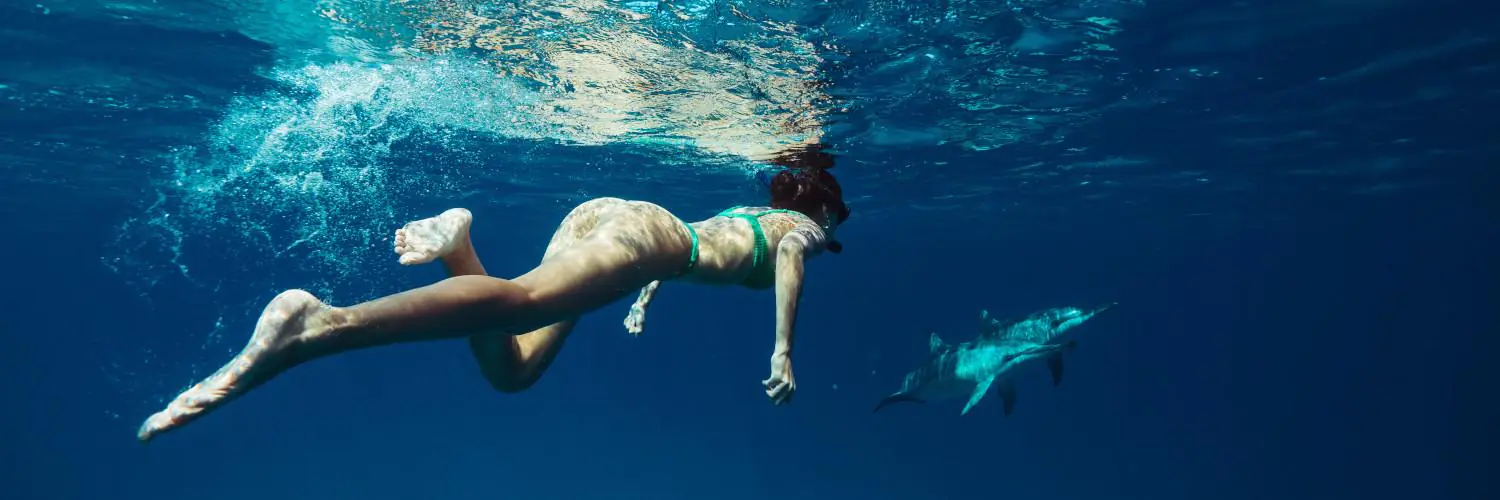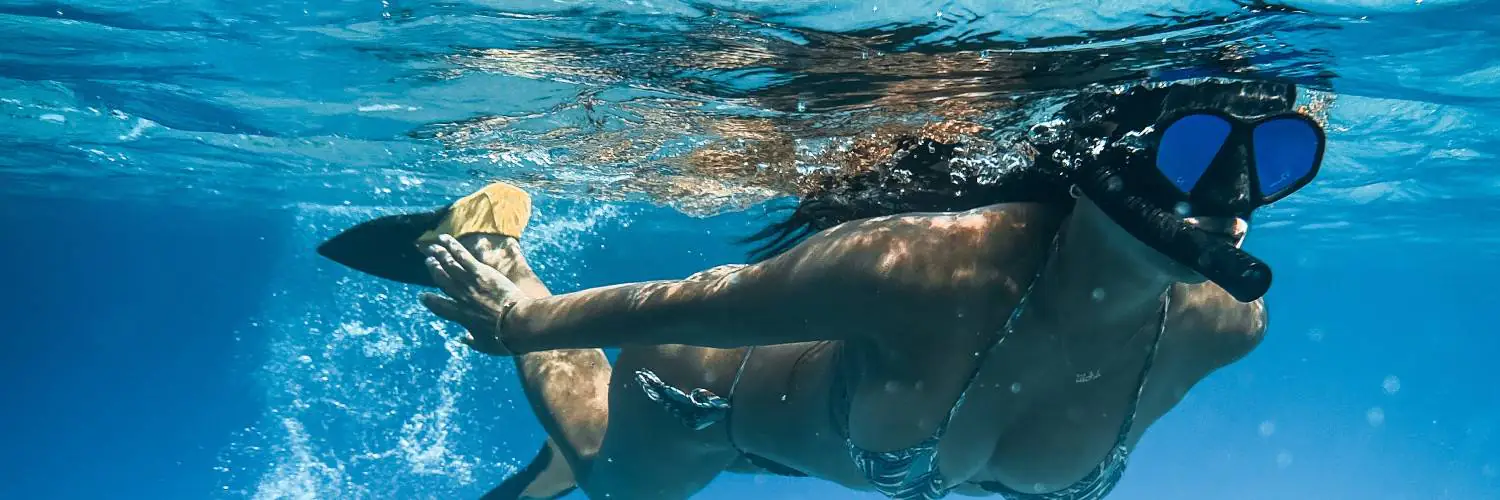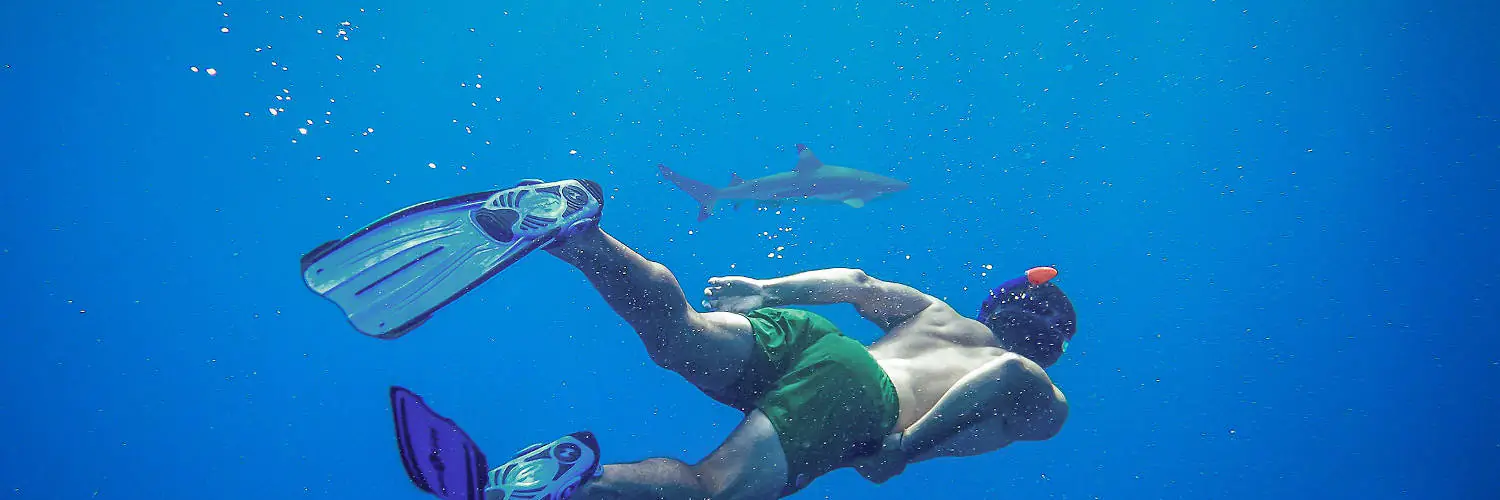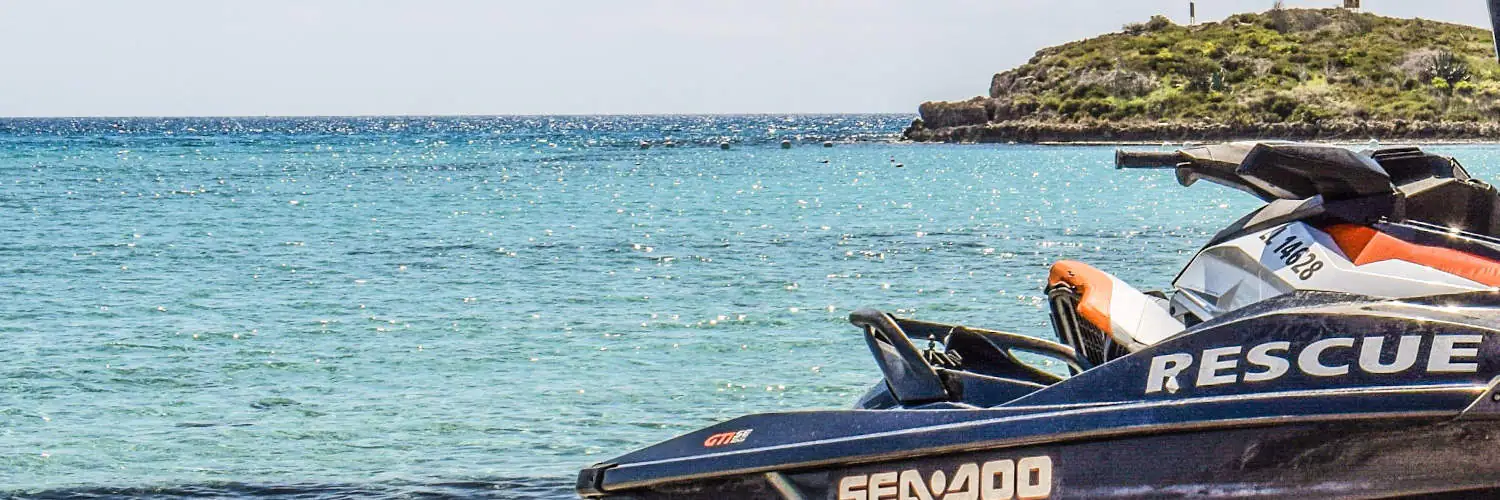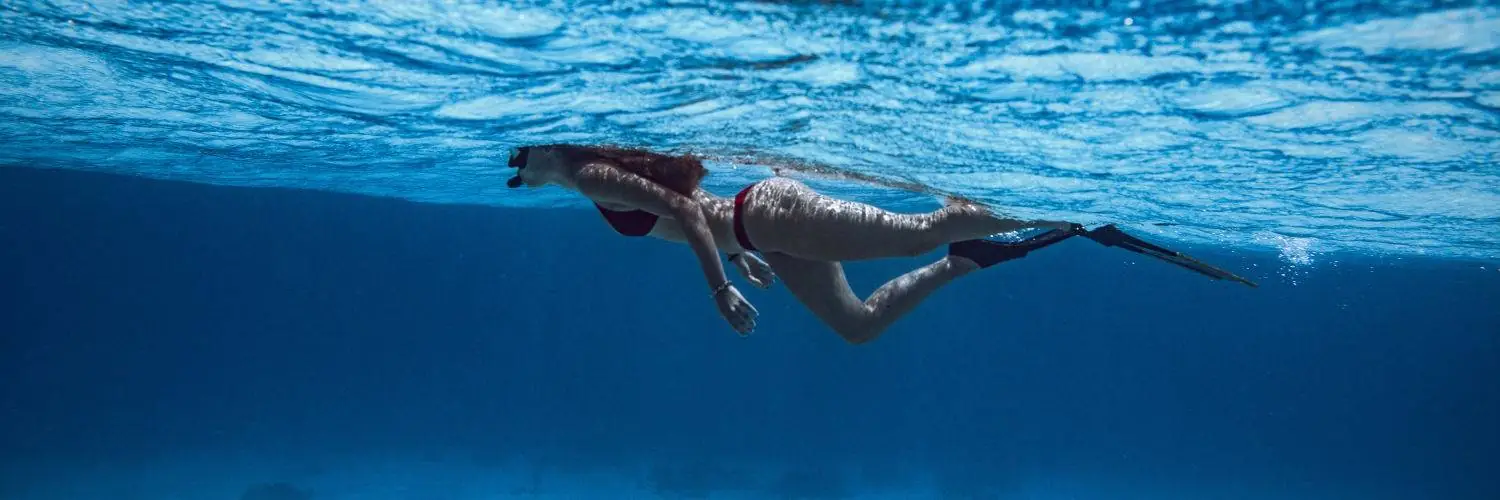Table of Contents
Snorkeling Ear Pressure: Effective Equalization Techniques
Snorkeling offers a unique opportunity to explore underwater life with relative ease. However, it’s not without certain technical challenges, of which ear pressure equalization is notably significant. When snorkeling, individuals may experience a sensation of fullness or discomfort in their ears due to pressure differences between the external environment and the air space within the ear. This discrepancy occurs as water pressure increases with depth, compressing the air within the ears and causing the eardrums to bulge inward.
To maintain comfort and prevent ear problems, it is essential to equalize the pressure in the ears while snorkeling. Techniques to achieve this involve simple maneuvers that open the eustachian tubes, allowing the pressure to equalize. Common methods include swallowing, yawning, or using the Valsalva maneuver, where one gently pinches the nose and exhales against a closed mouth and nose. These actions help to balance the pressure and avoid the unpleasant sensation of pressure imbalance.
Regular practice and understanding these techniques can enhance the snorkeling experience, making it more enjoyable and safer for the enthusiast. It is also important for snorkelers to recognize their limits and descend at a pace that allows them to equalize comfortably, as the ability to do so may vary from person to person. Following these guidelines will not only help in preventing discomfort but also in reducing the risk of potential ear injuries associated with pressure disparities.
Understanding Ear Pressure in Snorkeling
When snorkeling, the water pressure around a person can cause discomfort and pressure changes in the ears. Understanding the physiology of the ear and how water pressure affects it is crucial for a safe and enjoyable experience.
Physiology of the Eustachian Tubes
The Eustachian tubes connect the middle ear to the back of the nose and serve to equalize ear pressure. These tubes open and close as a person swallows or yawns, allowing air to flow into the middle ear to match the air pressure on the outside.
The Role of Water Pressure on Eardrums
As a snorkeler descends, the water pressure against the eardrums increases. This can create a pressure imbalance where the external pressure exceeds the internal ear pressure. If the Eustachian tubes fail to open adequately, this can lead to a sensation of fullness, discomfort, or even pain in the ears.
Techniques for Equalizing Ear Pressure
When snorkeling, one must frequently equalize ear pressure to prevent discomfort and potential ear injuries due to changing water pressure. Effective techniques facilitate safe equalization.
Valsalva Maneuver
To perform the Valsalva Maneuver, a snorkeler should pinch his or her nose shut and blow gently through the nostrils. This creates an overpressure in the throat, helping to force air up the Eustachian tubes to equalize ear pressure.
Frenzel Maneuver
The Frenzel Maneuver involves closing the vocal cords, pinching the nose, and making a “K” sound. This technique uses the tongue and throat muscles to generate positive pressure, assisting with ear equalization without a significant movement of diaphragm or ribcage.
Toynbee Maneuver
For the Toynbee Maneuver, an individual simply needs to swallow while pinching the nostrils. This action helps open the Eustachian tubes, allowing for the equalization of ear pressure by the act of swallowing with a closed mouth.
Lowry Technique
A combination of the Valsalva and Toynbee techniques, the Lowry Technique, has a snorkeler pinch the nose, blow gently, and swallow at the same time. This dual action can be more effective for individuals having difficulty equalizing using other techniques.
Edmonds Technique
The Edmonds Technique involves using the muscles of the soft palate and throat in conjunction with a jaw thrust. While tensing the soft palate and throat, the snorkeler should jut the lower jaw forward and down, then shut the nostrils and blow. This can aid in equalizing ear pressure when other methods are insufficient.
Common Issues When Equalizing
Equalizing ear pressure is essential for snorkelers, yet common issues such as barotrauma and congestion often arise, which can hinder the process. These problems are typically related to the Eustachian tubes and middle ear.
Barotrauma and Its Prevention
Middle ear barotrauma is the most common diving injury and occurs when a snorkeler cannot equalize the pressure in their middle ear with the surrounding water pressure. This condition is brought on by the failure to balance the pressure difference, which can cause pain and potential damage.
To prevent barotrauma, snorkelers are advised to:
- Equalize early and often: Before pressure builds up, perform equalizing techniques as they descend.
- Ascend slowly: If one feels pressure or pain, ascending a few feet can decrease the pressure and make equalizing easier.
Managing Congestion and Blockages
Congestion in the nasal passages and Eustachian tubes can block the smooth passage of air to and from the middle ear. This can occur due to colds, allergies, or sinus infections, resulting in a snorkeler’s inability to equalize ear pressure effectively.
To manage such blockages:
- Decongestants: Taking a decongestant before snorkeling can help reduce nasal and Eustachian tube congestion.
- Avoid diving with a cold: If one is already congested, it is advisable to avoid snorkeling until symptoms have cleared up to prevent discomfort or injury.
Best Practices for Snorkelers
Managing ear pressure is crucial for snorkelers to avoid discomfort and potential ear complications. The following best practices are targeted at ensuring a safe and enjoyable snorkeling experience with respect to ear pressure during descent and ascent, as well as helpful tips to avoid common underwater complications.
Descent and Ascent Techniques
When descending, snorkelers should equalize early and often to prevent ear discomfort. Techniques include:
- Pinch and Blow: Snorkelers should pinch their nose shut and gently blow to equalize pressure, a method known as the Valsalva maneuver.
- Swallow or Yawn: These natural motions can help open the Eustachian tubes, equalizing ear pressure.
During ascent, snorkelers must ascend slowly, allowing time for pressure to equalize naturally. A rapid ascent can lead to a reverse block, where pressure builds up and cannot escape.
Avoiding Complications
Snorkelers can take certain precautions to prevent ear-related issues:
- Proper Gear: Using a mask with a nose pocket allows snorkelers to equalize without removing the mask.
- Ear Plugs: Special vented earplugs designed for diving can help prevent ear infections like swimmer’s ear, though their usefulness in equalizing pressure is debated.
Continuous practice of these techniques is advised as they become more effective with experience. Snorkelers should always pay attention to their bodies’ signals to identify and respond to pressure changes promptly.
Advanced Equalization for Divers
Advanced equalization techniques are essential for divers looking to prevent ear discomfort and potential injury while scuba diving or freediving. They ensure proper pressure balance during descent and ascent in the water.
Active vs. Passive Techniques
Active Techniques:
- Voluntary Tubal Opening (VTO): Divers actively use muscles to open the Eustachian tubes, equalizing pressure. This can be performed without external actions like swallowing or pinching the nose.
- Frenzel Maneuver: Using the tongue and throat muscles to force air into the Eustachian tubes. It’s highly effective and can be executed at any depth.
Passive Techniques:
- Toynbee Maneuver: Swallowing with the nose pinched closed, allowing pressure to equalize passively.
- Valsalva Maneuver: A beginner technique where divers pinch their nose and blow gently, which is less recommended for depths due to increased effort as pressure increases.
Tips for Frequent Divers
-
Pre-Dive Preparation:
- Perform ear exercises weeks before diving to improve Eustachian tube function.
- Stay hydrated to reduce the risk of blockages in the Eustachian tubes.
-
During the Dive:
- Equalize early and often, ideally every few feet during descent.
- If difficulty equalizing occurs, ascend slightly and try again.
Frequent divers should monitor their ear health closely, as consistent exposure to pressure changes can lead to chronic issues. Proper technique and regular practice can mitigate risks and enhance the diving experience.


